Enhancing Space Flexibility with Stylish Folding Partition Walls
Understanding Folding Partition Walls
What is a Folding Partition Wall?
A Folding Partition Wall is a versatile and practical solution for dividing spaces in commercial and residential settings. These walls are designed to activate flexibility within the environment, allowing for dynamic room configurations. Constructed with multiple panels connected by hinges, folding partition walls can be opened or folded away to create open spaces or segmented areas as desired. Their operation can be manual or automated and can vary in material, design, and functionality.
Benefits of Using Folding Partition Walls
Folding partition walls provide numerous advantages, making them an ideal option for various applications. Here are some of the key benefits:
- Space Optimization: Folding partitions help maximize space usage by allowing an area to transform based on need. For example, a large conference room can be divided into smaller meeting spaces.
- Acoustic Control: Many folding partitions are designed to enhance privacy by minimizing noise levels between separated spaces, making them ideal for offices and educational institutions.
- Flexibility: They enable users to quickly adapt space layouts for different events such as meetings, workshops, or exhibitions, providing an extra layer of convenience.
- Cost-Effectiveness: Compared to permanent structures, folding partitions are a more affordable solution for space management, as they avoid costly construction and renovation.
- Aesthetic Variety: Available in numerous designs and finishes, folding partitions can complement the décor of various environments, ensuring the space remains visually appealing.
Common Applications in Commercial Spaces
Folding partition walls find their niche in various commercial settings. Common applications include:
- Offices: Used for creating breakout areas or private meeting rooms within open-plan office layouts.
- Schools: Provide the ability to convert large auditoriums or gymnasiums into multiple functional areas for classes and events.
- Exhibition Halls: Enable exhibitors to configure their booths or shared spaces based on the needs of different shows, offering customizable flow through the hall.
- Restaurants: Used to create private dining spaces that can be opened or closed as required depending on customer volume.
Choosing the Right Folding Partition Wall
Factors to Consider: Materials and Aesthetics
Selecting the right material for folding partition walls is critical for ensuring durability, functionality, and aesthetic cohesion. Common materials include:
- Wood: Provides a warm, natural aesthetic ideal for restaurants or professional offices.
- Fabric: Available in diverse colors and patterns, fabric-covered partitions offer flexibility in style but require regular cleaning and maintenance.
- Glass: Allows for natural light transmission and maintains a sense of openness, perfect for modern office designs.
- Metal: Often used in high-tech environments for durability and modern appeal.
Beyond material, the aesthetic aspect—whether a sleek minimalist design or something more ornate—should align with the overall style of the space in which the partition will be used.
Comparing Acoustic Properties of Various Options
When selecting a folding partition wall, considering acoustic properties is crucial, particularly for environments where noise control is paramount. Different materials exhibit varying levels of sound attenuation:
- Solid-core panels: Excellent for soundproofing, ideal for offices or classrooms requiring privacy during discussions.
- Hollow panels: While lighter and easier to operate, they generally provide less noise insulation and may be better suited for casual areas.
- Specialty acoustic partitions: Some manufacturers offer products specifically designed for superior sound control, combining dense materials with advanced sealing techniques.
Evaluating these options ensures that the selected partition meets both functional and acoustic needs of the space.
Understanding Size and Space Requirements
Before installation, careful measurement and consideration of spatial requirements are necessary to determine the appropriate size of the folding partition wall. Key considerations include:
- Ceiling Height: Ensure the partition segments can extend to the full height of the ceiling to create an effective division.
- Floor Space: Consider the depth of the partition when it is folded. Sufficient space is essential for operation without obstructing foot traffic.
- Opening Mechanism: Decide how the folding walls will be operated—whether they will slide, fold, or retract—this will influence the overall design and space need.
Taking precise measurements can prevent future installation issues and guarantee performance.
Installation of Folding Partition Walls
DIY vs. Professional Installation
One of the initial decisions when acquiring folding partition walls is whether to undertake DIY installation or hire professionals. Here are considerations for each option:
- DIY Installation: Typically more cost-effective, DIY requires a certain level of skill, as well as tools and materials. Step-by-step guides are often provided by manufacturers.
- Professional Installation: Offers peace of mind with expert installation, especially if the partitions are large or complex. It can ensure adherence to safety codes and proper functionality.
Assessing personal skills and comfort with measurements and tools can guide this decision.
Tools and Materials Needed for Installation
For successful installation of folding partition walls, particularly if opting for the DIY method, several essential tools and materials should be gathered, including:
- Measuring tape
- Level tool
- Drill with drill bits
- Stud finder
- Screwdriver set
- Safety goggles
- Wall anchors and mounting brackets as required by the product
Utilizing appropriate tools will enhance efficiency during the installation process and lead to a smoother outcome.
Step-by-Step Guide to Setting Up
Installing a folding partition wall can be broken down into manageable steps. Here’s a general guide:
- Preparation: Clear the installation area and ensure the floor and ceiling are free from obstructions.
- Measurements: Measure wall lengths carefully and mark where the tracks or mounting brackets will be affixed.
- Track Installation: Install the top and bottom tracks, ensuring they are level, and secure them according to the manufacturer’s specifications.
- Panel Setup: Hang the wall panels onto the tracks, adjusting as necessary to allow for smooth operation.
- Final Adjustments: Test the partition’s movement and adjust hardware or brackets as necessary for optimal functionality.
- Finishing Touches: Complete any aesthetic features, such as trim or panel coverings, based on the space requirements.
Following these steps carefully can significantly enhance installation success rates.
Maintaining Your Folding Partition Wall
Cleaning and Care Guidelines
To ensure the longevity of folding partition walls, regular cleaning and maintenance are essential. Here are some tips:
- Dust and Wipe: Regularly dust the surfaces and use a damp cloth for fabric partitions to maintain their appearance.
- Inspect Hardware: Periodically check tracks and hinges for wear and lubrication needs to ensure smooth operation.
- Addressing Stains: For fabric walls, use appropriate cleaning products based on the manufacturer’s recommendations to treat stains.
Routine care helps maintain the aesthetic quality and functionality of the partitions.
Common Issues and Troubleshooting
While folding partition walls are generally reliable, there can be issues. Here are some common problems and troubleshooting tips:
- Stuck Tracks: Ensure that no debris is obstructing the track and clean it regularly.
- Worn Hinges: If panels are not folding or moving easily, inspect and replace any worn hinges to restore function.
- Alignment Issues: Adjust the panels and tracks if they are misaligned to enable proper operation.
Understanding these issues can lead to smoother operations and reduced maintenance costs.
Upgrading Features for Enhanced Functionality
As technology advances, upgrading features for folding partition walls can improve their functionality and aesthetics. Consider these options:
- Automated Systems: Installing electronic mechanisms can allow for ease of operation, particularly for larger or heavier partitions.
- Integrated Technologies: Explore options for partitions that can incorporate soundproofing materials for additional acoustic control.
- Custom Designs: Work with manufacturers to create partitions that align with specific design aesthetics or branding.
These upgrades can enhance user experience and make spaces even more adaptable.
Future Trends in Folding Partition Wall Designs
Eco-Friendly Materials and Innovations
As sustainability becomes increasingly important, many manufacturers are exploring eco-friendly materials for folding partition walls. Innovations may include:
- Recycled Materials: Utilizing components crafted from recycled products helps reduce environmental impact.
- Bamboo and Cork: These sustainable materials are gaining popularity in partition design due to their renewable nature and aesthetic appeal.
- Low-VOC Paints: By using paints with low volatile organic compounds, an eco-friendly approach is achieved, beneficial for indoor air quality.
The incorporation of eco-conscious materials supports both the environment and the evolving consumer demand for sustainable options.
Integration of Smart Technology in Partition Solutions
The future of folding partition walls lies in the integration of smart technology. Potential advancements could include:
- Sensors: Sensors could detect room occupancy and automatically adjust partition configurations based on usage demands.
- Mobile Apps: Connectivity through apps could allow for remote operation and customized settings for partition walls.
- Smart Glass: The use of smart glass panels that can change opacity with a switch fosters privacy control in shared spaces.
These innovative technologies can significantly enhance how spaces function and accommodate users’ needs.
Design Inspirations for Modern Workspaces
As workplaces continue to evolve, the aesthetic appeal of folding partitions will be crucial. Businesses are increasingly seeking designs that reflect modernity and aesthetics. Some inspirational trends include:
- Biophilic Design: Incorporating nature into design elements, such as wood finishes or green walls integrated with partitions to bring the outdoors inside.
- Color Psychology: Using partitions with colors that promote productivity and creativity, influencing the overall atmosphere of workspaces.
- Customizable Graphics: Walls that feature custom graphics or branding as a way to enhance the company culture and environment.
Such trends highlight an ongoing commitment to creating workspaces that are not only functional but also impactful and appealing.

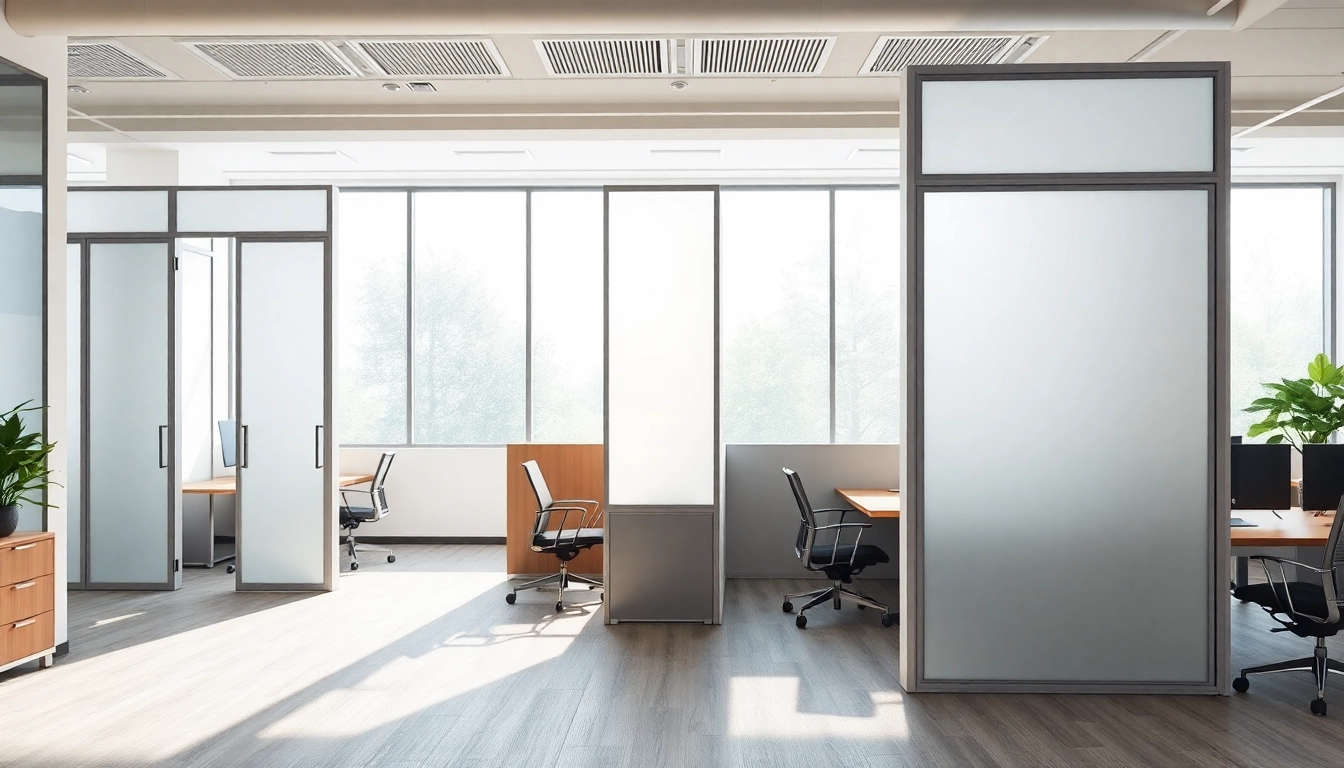
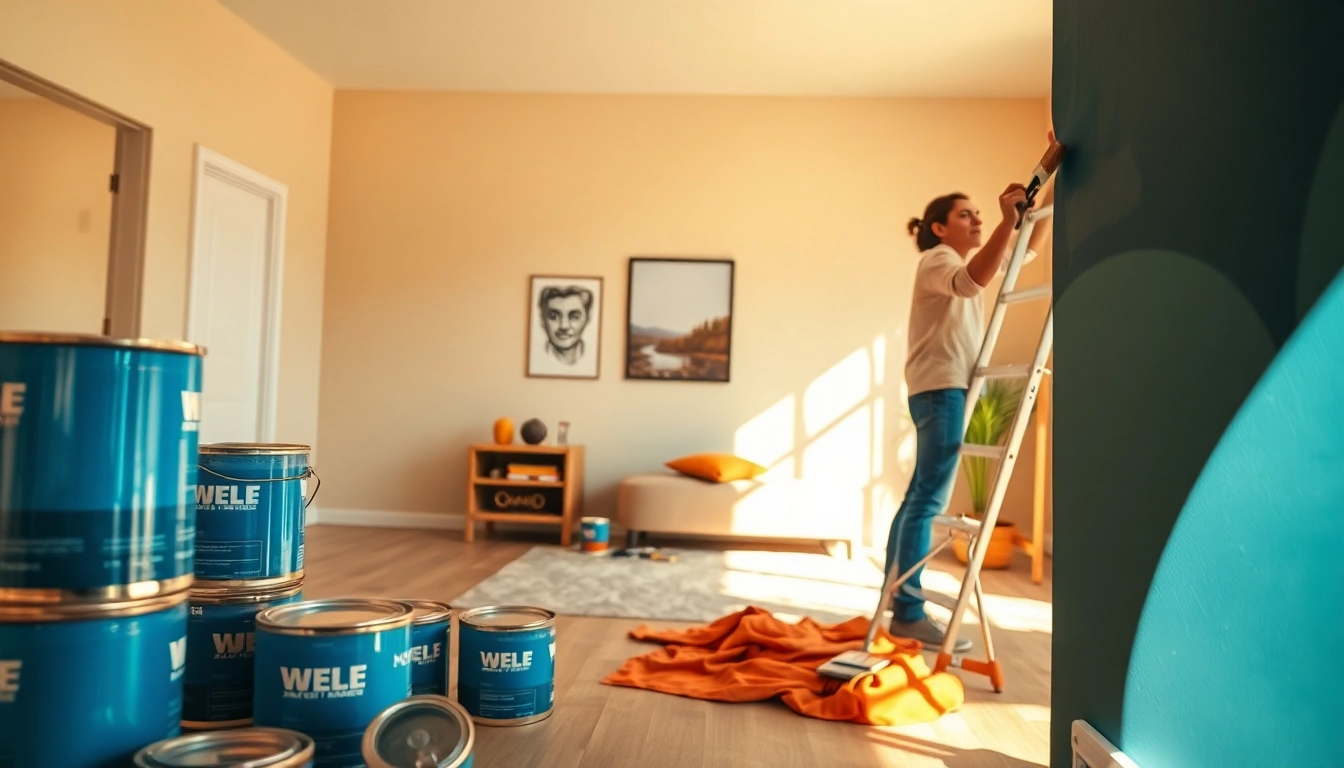
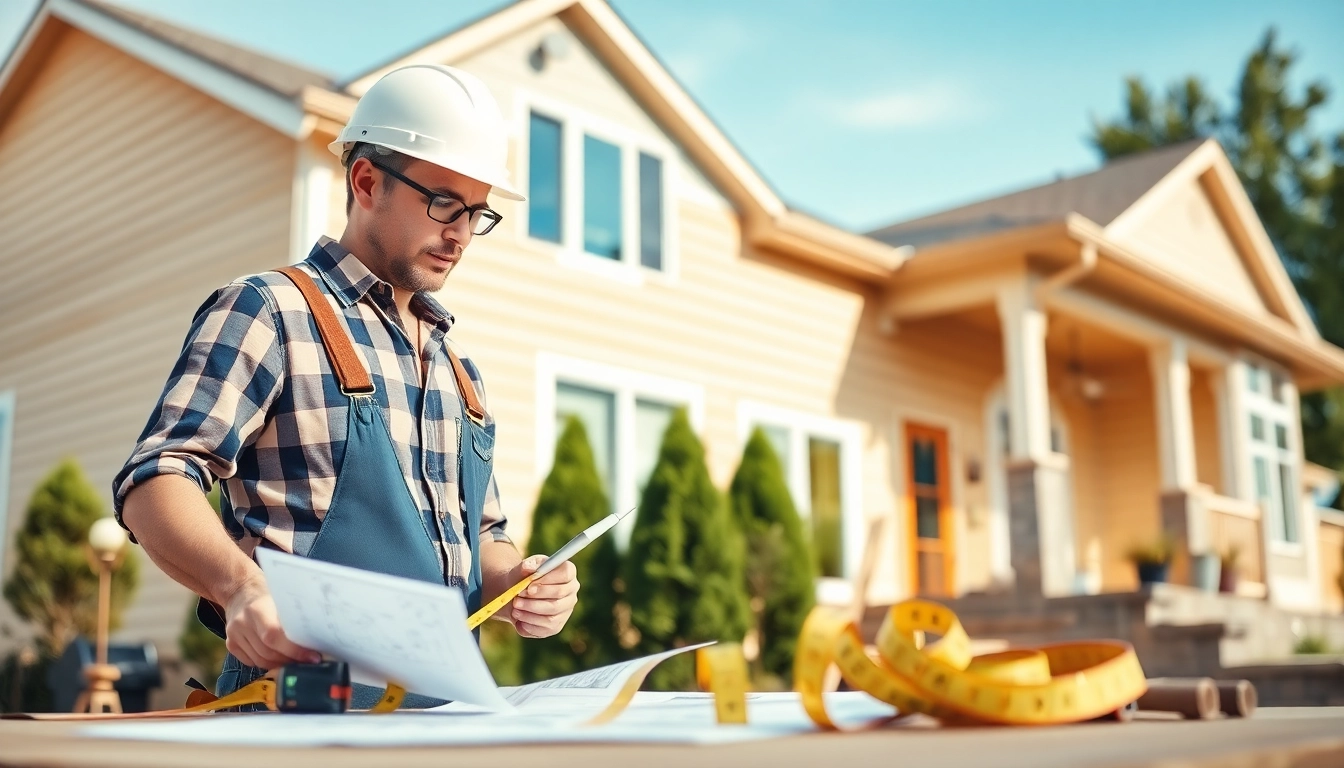

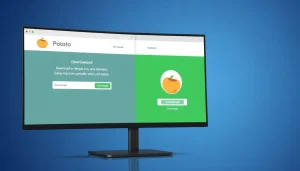



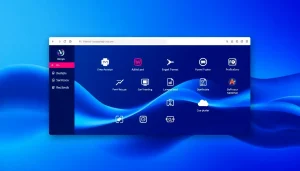


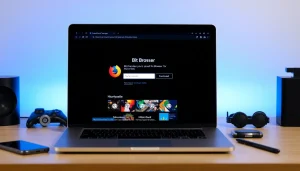

Post Comment